In the name of love, you and I walk above the clouds
Lijiang ancient city
The ancient city of Lijiang is located under the Yulong Snow Mountain. Dayan Ancient City in Lijiang has a history of nearly a thousand years. It is a national historical and cultural city and one of the first batch of world cultural heritage ancient cities in my country to enter the World Cultural Heritage List. It is a world cultural heritage of the "building complex" type that is characterized by a culture that fully embodies the harmonious unity of man and nature, and is characterized by a culture that fully embodies the harmonious unity of man and nature, and is dominated by quaint civilian and secular folk houses. It is an ancient cultural city that still survives today.
The streets in the ancient city of Lijiang are built around mountains and rivers. Most of the roads are paved with red breccia. They will not be muddy in the rainy season and will not fly ash in the dry season. The patterns on the stones are natural and elegant, complementing the entire ancient city environment. Sifang Street, located in the center of the ancient city, is the center of the ancient city of Lijiang. The large waterwheel located at the junction of the ancient city and the new city is the symbol of the ancient city of Lijiang. There is a large screen next to the large waterwheel in the ancient city. The songs played every day are the most popular and characteristic songs in the ancient city. Among them,"Naxi Jingdi" is one of the more famous songs.






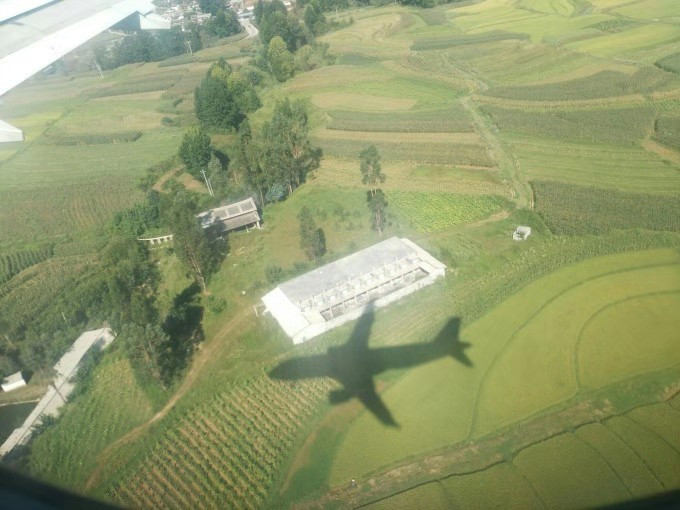
















Shuhe ancient town
Shuhe Ancient Town is a very good place to yearn for. We went to Shuhe Ancient Town and found a very nice shop. We sat in it for a long time. We enjoyed it very much and enjoyed it very quietly. We loved it so much!
This small shop is good, the environment is very good, there is also a very clear creek flowing through the door, the service is very good, the little handsome guy has a very good attitude, the food inside is delicious, and the price is affordable, listening to the song quietly, really the whole world is mine!




Shuhe is really a very magical place. It not only has the environment that I have been longing for all my life, but also has the delicious food that is hard to refuse. I found the most popular restaurant and the one that frequents the most celebrities. It's really amazing!
The restaurant has a very good environment, surrounded by flowers, and a stream flows through the door. It feels quite good to pass by pedestrians coming and going. The food is really delicious and affordable. It is not easy for the scenic area to have such affordable popular restaurants. No wonder there are so many recommendations!








Compared with Dayan Ancient Town, Shuhe River seems very quiet and less commercial. There are small bridges and flowing water, willows and willows. Occasionally, you can see Naxi grandma washing vegetables by Sanyan Well, which is very pyrotechnic! The water in the ancient town is all snow mountain water, which is so clear that people can't believe it! Compared with Dayan, Shuhe's kz has more high-end kz options to choose from, and each family has a different taste! Whether it is ancient style or modern simplicity, the stars are crying at night, and all mobile phones are controlled with one click. It is also very smart and luxurious! Walking on the bar street, listening to folk songs, sitting down and drinking a cup of Arabica coffee, basking in the sun, and being in a daze is also very pleasant!





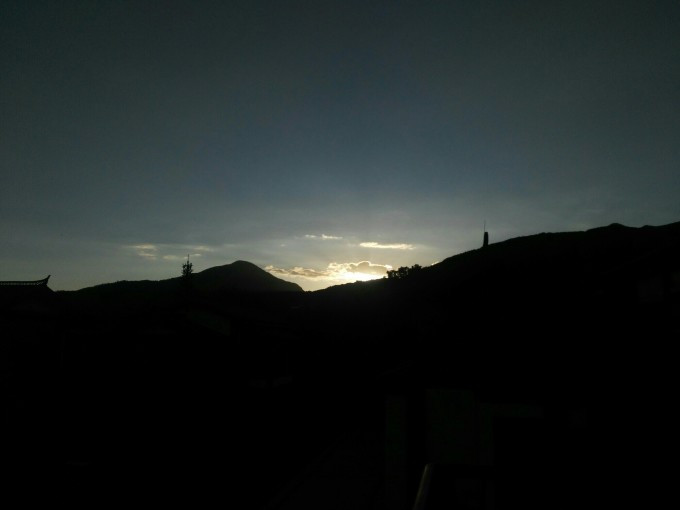
Lijiang ancient city




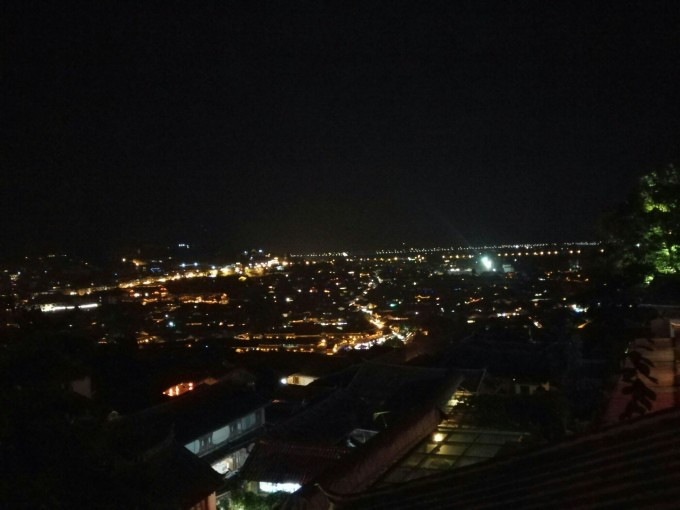





Yulong Snow Mountain
Yulong Snow Mountain is located in Yulong Naxi Autonomous County, Lijiang City, Yunnan Province. 15 kilometers north of Lijiang City, Yulong Snow Mountain is 5596 meters above sea level. It is a 5A-level scenic spot and a Yunnan provincial nature reserve. It is the southernmost snow mountain in the northern hemisphere. It is 35 kilometers long from north to south, 13 kilometers wide from east to west, and has an area of 960 square kilometers. The alpine and snowy scenery is located at an altitude of more than 4000 meters. It is famous for its danger, wonder, beauty and beauty. With the changes of seasons and sunny weather, sometimes the clouds are steaming and the jade dragons appear from time to time; sometimes the sky is blue like water, and the peaks are crystal clear and dazzling; sometimes the clouds are waist around, the snowy peaks in the clouds are clear, and the clouds are green; sometimes the glow shines, and the snowy peaks are like red gauze, which is extremely beautiful. The entire Yulong Snow Mountain integrates various natural landscapes in the subtropical zone, temperate zone and cold zone, forming a unique main landscape of "sunny spring snow". After the rain, snow and new sunshine, the snow is exceptionally white and the pine trees are exceptionally green, concealing the ecology and changing shapes, much like white snow and green pine trees playing hide-and-seek, which is a spectacle.







ganhaizi





heilongtan Park
Black Dragon Pool Park, also known as Yuquan Park, is located at the foot of the northern Xiangshan Mountain of the ancient city. It runs up from Sifang Street in the ancient city along the Jade River with its longitude and longitude. About one kilometer away, there is a crystal clear spring pool, which is the famous Black Dragon Pool at home and abroad. It is a landmark attraction in Lijiang and the location of the Dongba Cultural Research Institute. The Yulong Snow Mountain is reflected on the water surface of the Black Dragon Pool, and the clear lake water reflects the majestic Yulong. This picture is familiar to many people as a symbol of Lijiang.






Lijiang ancient city



lashihai
Lashihai is a famous international wetland park in Lijiang. There are also groups of migratory birds flying there to spend the winter. About 30,000 birds come here every year to winter, among which there are 9 rare and endangered birds, including the unique bird species of the Qinghai-Tibet Plateau, the Chinese merganser duck, black-necked crane, and black crane, which are protected at the national level. Now the migratory birds have flown away, but in spring the fields are full of flowers, which are very beautiful.



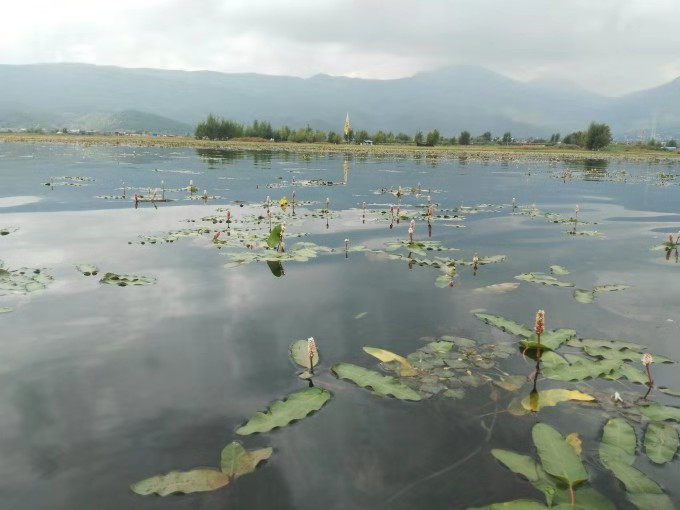


Cangshan
Cangshan, also known as Diancang Mountain, is located in Dali Bai Autonomous Prefecture, Yunnan. It is located at the southern end of the Yunling Mountains and consists of 19 peaks from north to south.
The 19th peak of Cangshan Mountain is covered with snow and majestic. The scenery of Cangshan has always been famous for its snow, clouds and springs. The snow on Cangshan Mountain, which is not used in summer, is the best of the four famous Dali scenery of "wind, flowers, snow and moon".



Erhai Lake
Erhai Park is located at the southern end of Erhai Lake and is the first stop to visit Cangshan Erhai Scenic Area. There is an oval hill in the park, which is called "Tuanshan" by local people because of its shape.
In the 8th century AD, this was once the deer farm of King Nanzhao, known as Xilong Mountain. Groups of red deer are gnawing at grass on the mountains, and the chirping of the deer can be heard far and far. Fan Chuo of the Tang Dynasty described in his "Man Shu" that "dragon-footed deer are thirty to fifty years in the day, and they are marching in groups to gnaw grass." Why did this become a place where the Nanzhao royal family raised deer? In ancient times, the waters of the Erhai Lake were much wider than they are now, and can be called "misty waves." Tuanshan was once a small island at the southern end of the Erhai Lake. The sea water around the mountain is a natural fence, and the red deer are naturally most effectively monitored. According to historical records, the Nanzhao royal family also had many other professional breeding farms at that time, such as horse farms, chicken farms, etc., whose products were professionally used by the imperial palace. With the changes in the natural environment, the waters of the Erhai Lake have gradually shrunk (hopefully not anymore). The former small island has become this lonely mountain protruding from the flat ground close to the seaside. The entire Tuanshan Mountain Range is more than 3000 meters long from east to west, and only about 400 meters narrow in the north of Zhibei. It runs east-west and is perpendicular to Diancang Mountain. The highest point on the top of the mountain is 2049 meters above sea level, and the sea level at the foot of the mountain is about 1971 meters above sea level. This is the best place to view the scenery of Cangshan and Erhai. You can see Diancang Mountain and the entire Erhai Lake on the west bank of the sea.
Erhai Park covers an area of about 864 acres and has a water area of 1065 acres. There are lush forests on the mountains and under the mountains, and pavilions, platforms, buildings and pavilions echo each other. It has become the largest large-scale comprehensive park with low and complete facilities on the market in Dali. Erhai Park is adjacent to the Erhai Lake and is a resort for summer vacations. The shallow water area near the sea is an ideal swimming place. The water temperature of the Erhai Lake is around 7°C even when it is at its coolest in winter and summer, making it particularly suitable for winter swimming.
Erhai Park is composed of the sea center pavilion, swimming pool, Wanghai Tower promenade, zoo, botanical garden, flower garden, Diaoyutai, amusement park and other parts. It is a must-visit place for tourists to Dali.



Dali ancient city
The three pagodas of Chongsheng Temple, built in the Tang and Song Dynasties (Nanzhao and Dali States), can be described as miracles through the ages. They have a history of more than a thousand years. They are the first of the five important objects of Chongsheng Temple, with the first one and the second one, arranged in an isosceles triangle. Da Pagoda Juqian, also known as Chihiro Pagoda, has its full name as "Dharma World Tongling Mingdao Tower". It was built during the Fanfengyou period of Nanzhao State (823-859 AD). It is a 16-level square hollow brick tower with dense eaves, a typical Tang Tower. The architectural style. There is a stone wall in front of it, and the four words "Yongzhen Mountains and Rivers" are embedded in the calligraphy of Mu Shijie, grandson of Mu Ying, Duke of Guizhou in the 11th year of Wanli of the Ming Dynasty (AD 1583). The small north and south pagodas, located in the southwest and west corner of the big pagodas, were built during the Shaoxing period of the Southern Song Dynasty (AD 1131-1162), during the reign of Duan Zhengyan (Duan Yu) and Duan Zhengxing of the Dali State. It is an octagonal 11-level pavilions-style hollow brick tower, which is a typical Song Dynasty Buddhist pagoda architectural style.






Shangri-La
Shangri-La is located on the southern edge of the Qinghai-Tibet Plateau and in the hinterland of the Hengduan Mountains. It is the intersection of Yunnan, Sichuan and Xizang provinces. There are snow-capped mountains, temples, rivers, cattle and sheep all over the mountains and plains, and Tibetans who live and work in peace and contentment. To enjoy the beautiful scenery of Shangri-La, you can walk through the Tiger Leaping Gorge or stroll in Pudacuo National Park.


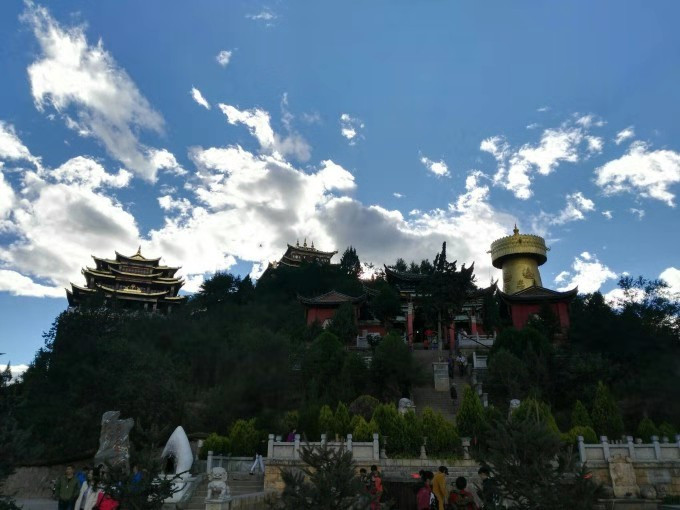



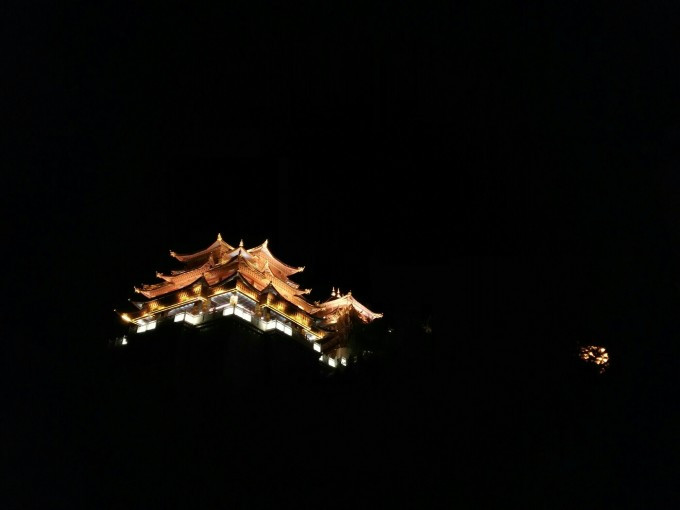
pudacuo National Park
Shangri-La Pudacuo National Park has spike-like alpine lakes, pastures with beautiful water and abundant grass, wetlands with blooming flowers, and virgin forests where birds and animals often appear. The two beautiful freshwater lakes, Bita Sea and Shudu Lake, are known as the pearls of the plateau. The lakes are rich in split-belly fish and heavy-lipped fish; in autumn and winter, a large number of yellow ducks and other birds play around the lake, making it natural and interesting. Walking on the pasture in the forest, the ringing of horses 'necks and the smoke rising from the distant pasture shed seem so harmonious with the surrounding natural environment. Every summer, rhododendrons and many unknown wild flowers bloom in the mountains, and birds also come to join in the fun. The singing of birds and flowers in the scenic area is intoxicating. All kinds of trees in the virgin forest are in all kinds of shapes and landscapes.
The Pudacuo National Park Scenic Area has abundant rainfall and a pleasant climate. Sometimes the clouds and clouds are ethereal, sometimes hidden and sometimes visible, like a fairyland. Sometimes the clouds are vast, like flying through the clouds and riding on the fog, full of fun. Such natural conditions make plants grow luxuriantly and vegetation rich, making it a natural botanical garden. In addition, there are many unique small scenery such as fault scarps, forest ravines, and deep valleys that are staggered, which have extremely high geographical scientific value and tourist value.






Kunming


Dianchi Lake, also known as Kunming Lake, is the largest freshwater lake in Yunnan and the sixth largest freshwater lake in China. The lake is vast and magnificent. Most tourists visiting Kunming come here to have a look. You can walk by the lake, travel by boat, and feed birds in winter; you can also climb Longmen to overlook Dianchi Lake, which makes people feel relaxed and relaxed. Dianchi Lake is located at the foot of the West Mountain, about 5 kilometers away from the urban area. The north end is close to Daguan Park. Yunnan Minzu Village and Xishan Park face each other across the water. In the past few years, due to lack of attention to protection, cyanobacteria flooded in the water, causing the water quality to deteriorate sharply. Efforts have been made to manage it over the years, and the water quality has been significantly improved. Red-billed gulls that have not been seen in many years have also begun to appear on the lakeside.





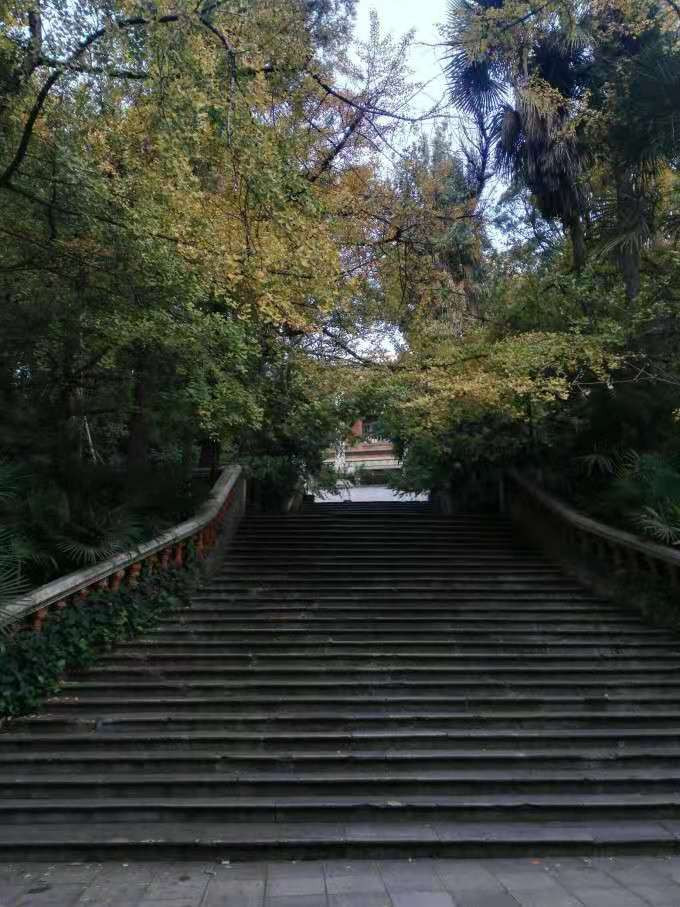
The world of travel is at your feet!
Previous Article:Dream of a beautiful tour in Yunnan, Kunming, Dali, and Lijiang
Next Article:Looking back thousands of times in my past life, I met you in this life-Caiyun
